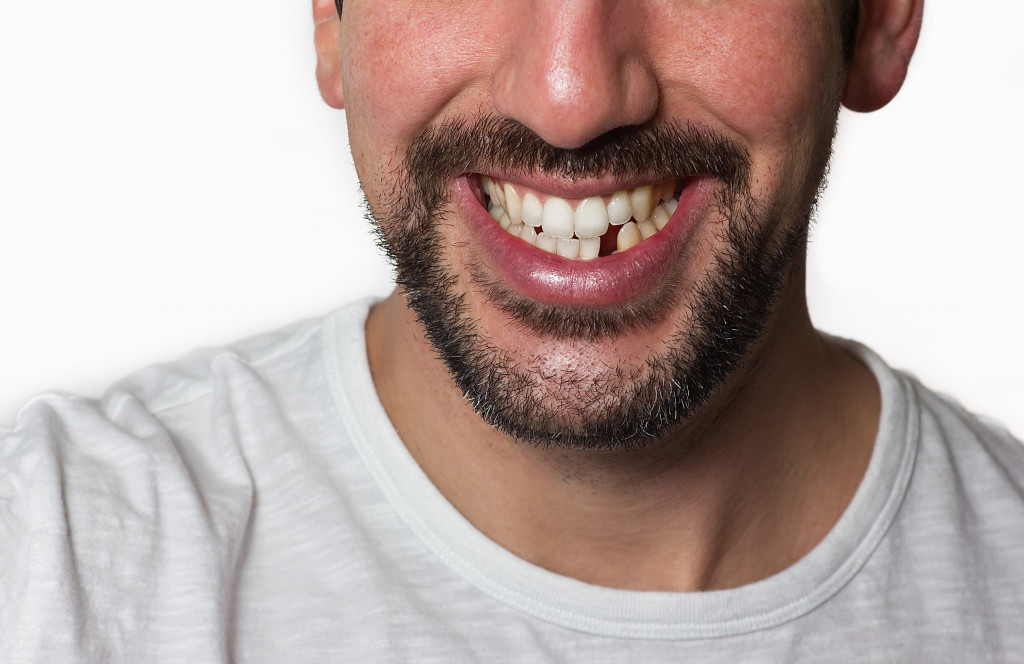You’re always at risk of an accident or injury when you play a contact sport. That’s just the nature of the game. You can minimize your risk by wearing the right gear and following the rules, but you can’t eliminate it entirely. There’s always a chance that you’ll get hit in the wrong place, or someone will make a mistake and cause an accident. And even if you’re careful, there’s always the chance that you’ll injure yourself simply by playing the game. That’s why accidents and injuries are a part of contact sports.
Some injuries are more common in athletes than in others. Here are five of the most common injuries from sports and how they can be treated:
Muscle strains
Muscle strains are a common injury, especially for athletes. The most commonly strained muscle is the hamstring, the group of muscles at the back of your thigh. Muscle strains can range from mild to severe, usually occurring when the muscle is stretched beyond its limits or suddenly contracts.
Treatment for a muscle strain depends on the severity of the injury. You may only need to rest the muscle and apply ice for a mild strain. For a more severe strain, you may need to see a doctor or physiotherapist. In some cases, you may need surgery to repair the damaged muscle.
To prevent muscle strains, it is essential to warm up before exercise and cool down afterward. You should also stretch regularly and avoid sudden changes in direction when playing sports.
If you sustain a muscle strain, seeking treatment early to recover quickly and avoid further damage is important.
Sprains
Whether you’re a weekend warrior or a professional athlete, chances are you’ve experienced a sprain at some point. A sprain is an injury that occurs when the ligaments, the tissues that connect bones to one another, are stretched or torn.
The most common type of sprain occurs in the ankle, although other joints such as the knee and wrist can also be affected. Depending on the severity of the injury, a sprain can range from mild to severe.
Mild sprains typically heal on their own within a few days or weeks with simple home remedies such as ice and rest. More severe sprains may require medical intervention, such as immobilization in a cast or splint, to allow the ligaments to heal properly. In some cases, surgery may be necessary to repair damaged ligaments. Recovery times for more severe sprains can range from several weeks to months.
No matter how severe your sprain may be, it’s important to give your body the time it needs to recover. Resting the affected joint and icing it for 20 minutes at a time will help reduce swelling and pain. You should also avoid putting weight on the injured joint until it is fully healed.
Fractures
As an athlete, you’re constantly at risk for fractures. A fracture is a break in the bone, and it can happen from a single traumatic event or from repeated stress.
The most common type of fracture is a stress fracture, which is caused by repetitive forces over time. For example, long-distance runners often develop stress fractures in their lower legs.
Depending on the type and severity of the fracture, treatment may involve rest, immobilization, icing, and pain medication. In some cases, surgery may be necessary to repair the break.
So if you play sports, it’s important to be aware of the risk of fractures and to take precautions to protect yourself.
Concussions
A concussion is caused by a blow to the head that results in the brain being jarred or shaken. Concussions can range in severity from mild to severe. They can lead to headaches, dizziness, nausea, and fatigue.
While concussions are often treated with rest and ice, more severe cases may require hospitalization. In recent years, there has been increasing concern over the long-term effects of concussions, particularly in young athletes whose brains are still developing.
Repeated concussions can lead to chronic traumatic encephalopathy (CTE), a degenerative brain condition that can cause memory loss, impulsive behavior, and depression. As a result, it is important for athletes to be aware of the signs and symptoms of a concussion and to seek medical attention if they suspect they have suffered one.
By taking these precautions, athletes can help to protect themselves from the short- and long-term effects of this serious injury.
Dental Injuries

Dental injuries are common in contact sports, such as football and hockey, where players can receive a blow to the face. The most common type of dental injury is a tooth fracture, which can happen when the tooth is hit by another player or object.
While many dental injuries can be treated with simple dental procedures, more serious injuries may require a maxillofacial operation. A maxillofacial operation is a type of surgery that treats the mouth, teeth, jaw, and face. This type of surgery can correct various problems, including dental injuries caused by facial trauma from contact sports. The recovery process can vary depending on the extent of the surgery. However, most patients can return to their normal activities within a few weeks.
To minimize the risk of dental injuries, it is important to wear a mouthguard during any activity with potential impact. A properly fitted mouthguard will help to cushion the blow and protect your teeth from being knocked out or chipped. If you sustain a dental injury, it is important to seek treatment as soon as possible to minimize the damage.
Injuries like muscle strains, sprains, fractures, concussions, and dental injuries are an unfortunate part of sports. Still, you can stay safe on the field and continue doing what you love with caution and care.
